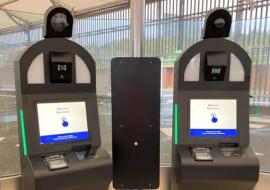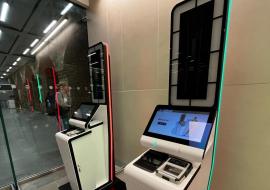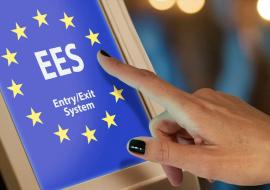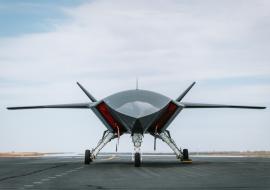The U.S. Puts Smart Money on Developing Quantum Internet
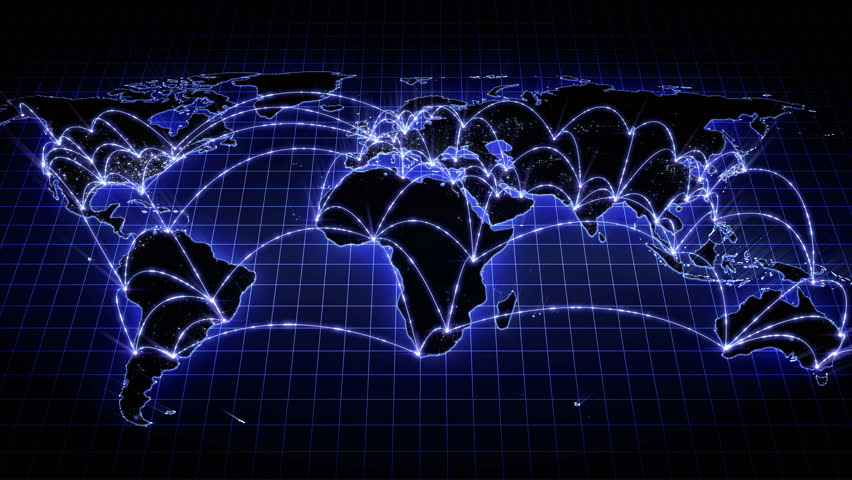
Quantum information science harnesses the behavior of particles to make calculations in fundamentally new ways. That would probably explain why the Trump administration’s 2021 budget request contains $237 million in funding to support quantum information research.
According to CNBC, prototype networks exist in New York and Chicago, and researchers are developing the new technologies needed to create longer links.
In the 1960s, the U.S. government funded a series of experiments developing techniques to shuttle information from one computer to another. Devices in single labs sprouted connections, then neighboring labs linked up.
Soon the network had blossomed between research institutions across the country, setting down the roots of what would become the internet and transforming forever how people use information. Now, 60 years later, the Department of Energy is aiming to do it again.
The Trump administration’s 2021 budget request — currently under consideration by Congress — proposes slashing the overall funding for scientific research by nearly 10% but boosts spending on quantum information science by about 20%, to $237 million. Of that, the DOE has requested $25 million to accelerate the development of a quantum internet. Such a network would leverage the counterintuitive behavior of nature’s particles to manipulate and share information in entirely new ways, with the potential to reinvent fields including cybersecurity and material science.
While the traditional internet for general use isn’t going anywhere, a quantum network would offer decisive advantages for certain applications: Researchers could use it to develop drugs and materials by simulating atomic behavior on networked quantum computers, for instance, and financial institutions and governments would benefit from next-level cybersecurity. Many countries are pursuing quantum research programs, and with the 2021 budget proposal, the Trump administration seeks to ramp up that effort.
A quantum internet will develop in fits and starts, much like the traditional internet did and continues to do. China has already realized an early application, quantum encryption, between certain cities, but fully quantum networks spanning entire countries will take decades, experts say.
Building it will require re-engineering the quantum equivalent of routers, hard drives, and computers from the ground up — foundational work already under way today.
Science behind Quantum Internet
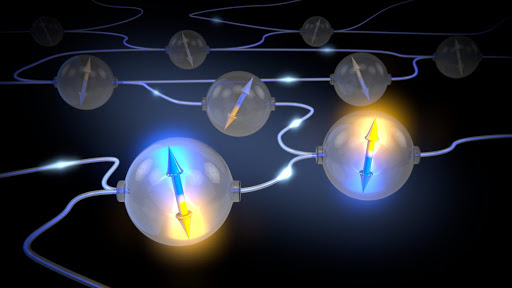
Where the modern internet traffics in bits streaming between classical computers (a category that now includes smartphones, tablets, speakers and thermostats), a quantum internet would carry a fundamentally different unit of information known as the quantum bit, or qubit.
Bits all boil down to instances of nature’s simplest events—questions with yes or no answers. Computer chips process cat videos by stopping some electric currents while letting others flow. Hard drives store documents by locking magnets in either the up or down position.
Qubits represent a different language altogether, one based on the behavior of atoms, electrons, and other particles, objects governed by the bizarre rules of quantum mechanics.
These objects lead more fluid and uncertain lives than their strait-laced counterparts in classical computing. A hard drive magnet must always point up or down, for instance, but an electron’s direction is unknowable until measured, the news report on CNBC goes on to explain.
More precisely, the electron behaves in such a way that describing its orientation requires a more complex concept — known as superposition — that goes beyond the straightforward labels of “up” or “down.”
Quantum particles can also be yoked together in a relationship called entanglement, such as when two photons (light particles) shine from the same source. Pairs of entangled particles share an intimate bond akin to the relationship between the two faces of a coin — when one face shows heads the other displays tails. Unlike a coin, however, entangled particles can travel far from each other and maintain their connection.







